

The Seaver team takes a break for the holidays
Orders placed between December 24 and January 5 will be shipped starting January 6.
Monday, May 27, 2019
"Everything I'm paying for today, physically, is because I didn't take care of myself properly", Thierry Rozier confided to I am an Equestrian[1]; a shortcoming which is now proving to be a hindrance to the pursuit of his sporting career. Indeed, the preparation physical preparation and monitoring his condition[2] are the main subjects dealt with in horse riding. And yet, it is a sport that is practised by twothe horse and the rider! In this article, we'll look at the physical condition of the rider, with particular emphasis on the practice of yoga, which has already won over many top athletes. With its reputation for being good for body and mind, we'll be looking at the needs of riders and how yoga can be an ally in this sport.
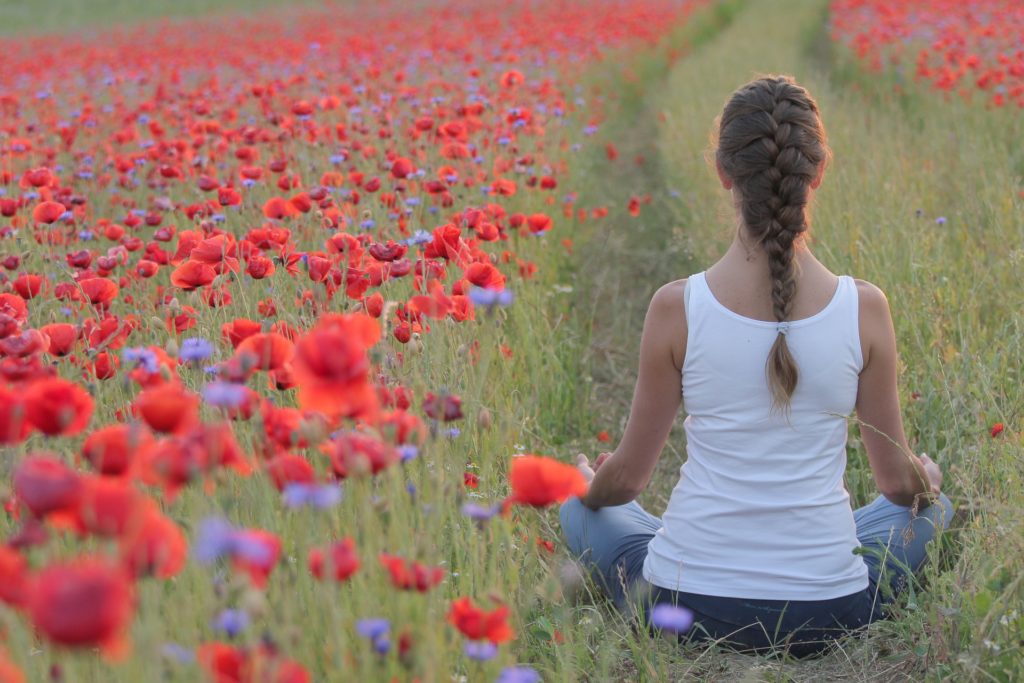
Riding is a sport like any other, requiring both partners to be in good physical condition. Of course, as riders, we often put the emphasis on our horse's well-being[3] and neglect our own.
But riding requires the horse and physical and mental qualities. That's why every rider needs to take care of his or her physical to progress.. Isn't it said that "he who wishes to go far, spares his mount"?
So what do I need as a rider?
Above all, it's important to understand that fitness is a combination of factors leading to performance. These factors are physical, technical, tactical and mental[4].
In equitation, the rider is subject to the horse's locomotion forces as well as his own. On horseback, the rider's entire body is at work :
In addition to proper posture in the saddle, you need to be able to adapt to the horse's reactions. This requires a number of physical qualities[5] :
The rider must therefore control his or her body and be both supple and enduring. We have already discussed the need for physical preparation[6], and in particular the role of the rider's warm-up.
At this point, it's also important to stress that horseback riding engenders an internalization and self-awarenessby what we do and think. This is where the practice of yoga could prove interesting.
Yoga is gaining in popularity all the time. The earliest depictions of yoga postures date back to 2500 BC, and for centuries it was a marginal practice in India. Today, yoga is practised all over the world, in many different styles and approaches.
Yoga is a practice which, through a series ofsequence of postures called "Asanas", coupled with a careful breath management "Pranayama", to harmonize the physical and mental condition of the individual.
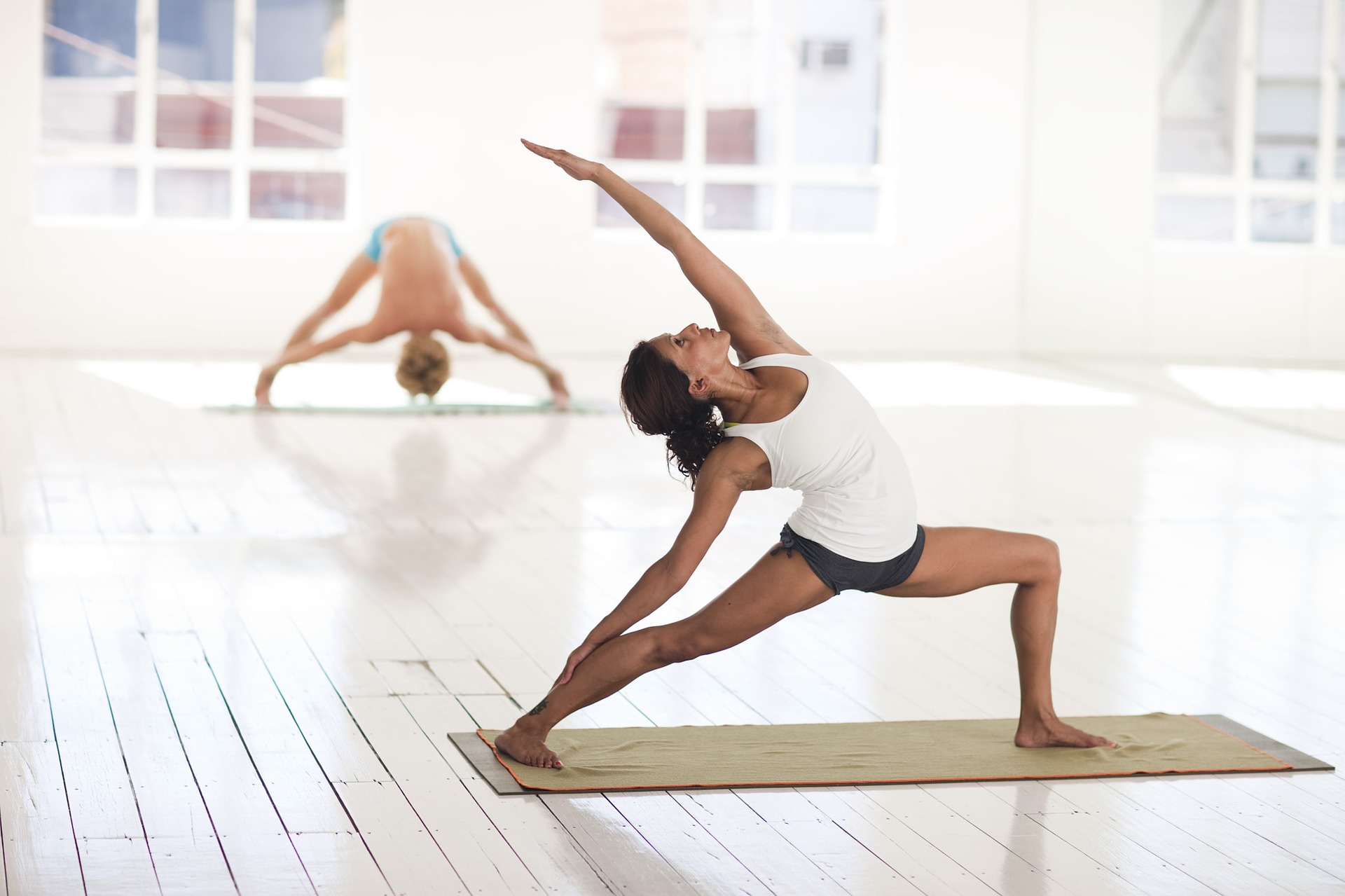
The two "official" branches of yoga are Ashtanga (dynamic yoga) and Hatha (a more tranquil form of yoga), but within these two lineages there are many sub-sections.
Many people think they can't get into yoga because they're not flexible or don't have the time. But to do yoga, you need nothing more than yourself: your body and breathing. In fact, it's regular practice of a sport like yoga that makes your body more supple.
The benefits of regular yoga practice are immense on the physical level (flexibility, muscular strengthening, joint strengthening, prevention and improvement of various physical disorders, energy rebalancing, etc.), on the psychological level (relaxation, improved sleep, stress management, etc.), but also in terms of personal development (letting go, welcoming one's feelings, listening to oneself, acceptance, self-esteem, etc.).
There's more to yoga than impressive poses - don't confuse acrobatics with yoga!
Depending on what each individual wants to work on, a style of yoga can support them. Whatever happens, the first thing to integrate is that yoga is non-violent. This also implies non-violence towards oneself. You have to make sure that your ego doesn't get the better of you, along with your desire to surpass yourself, in order to avoid injury.
It's advisable to start practicing yoga with a coach to learn the basic techniques, but it's also perfectly possible to start yoga at home using online videos, apps or books.
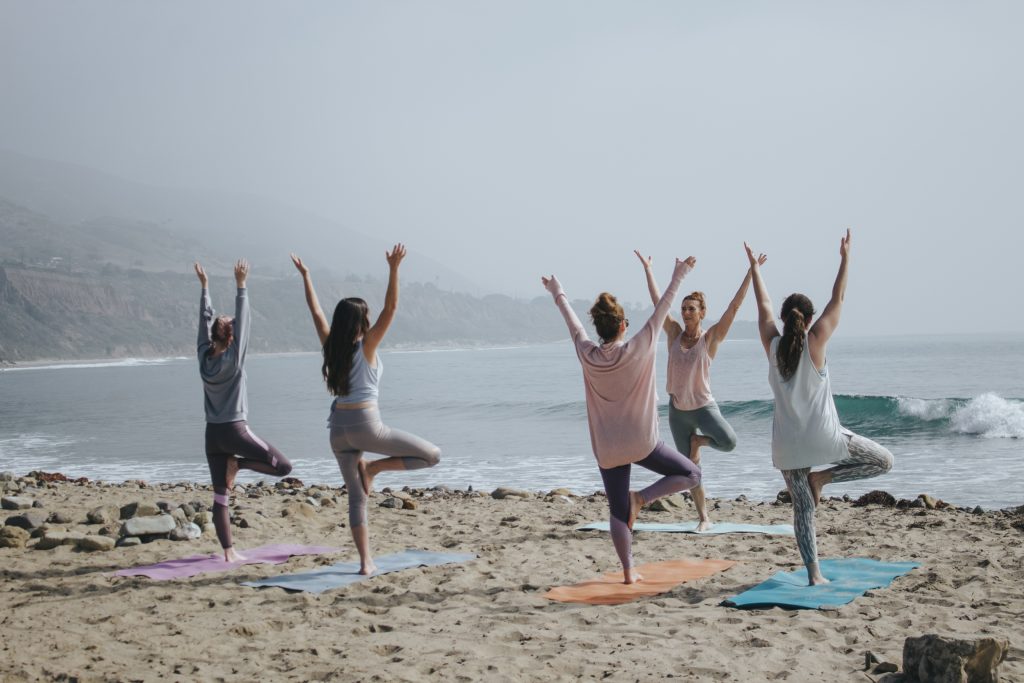
The first thing to emphasize is the link between the rider's physical or psychological difficulties and their direct repercussions on the horse. A supple, available rider with a clear mind and a healthy body will find it much easier to achieve performance.
This is a prerequisite for renowned rider Michel Robertwho lives with a constant desire for mental and physical evolution. This is supported by a healthy lifestyle: sophrology, yoga and a healthy diet[7].
By harmonizing body and mind, improving physical fitness and managing stress, each rider will be able to listen more closely to his or her sensations and understand where difficulties come from.
Depending on your level, practice and goals, you'll have your own specific needs. Whatever style of yoga you choose, the benefits of regular practice will be manifold.
Strength & endurance
Yoga helps to develop strength and tone through a series of postures. Certain postures will challenge your flexibilityothers will strengthen your muscles, including deep muscles. Unlike weight training, yoga offers gentle work that respects the body and strengthens it for the long term.
The majority of yoga positions work on strengthening the strengthening the abdominal belt and work onalignment of the spine. It's a perfect exercise for ensuring good upper-body posture when riding a horse.
Working the body in this way not only prepares you for the effort involved, but also helps you to recover better, so as to reduce potential aches and pains. A toned, loose body will be better able to ride for many hours without suffering.
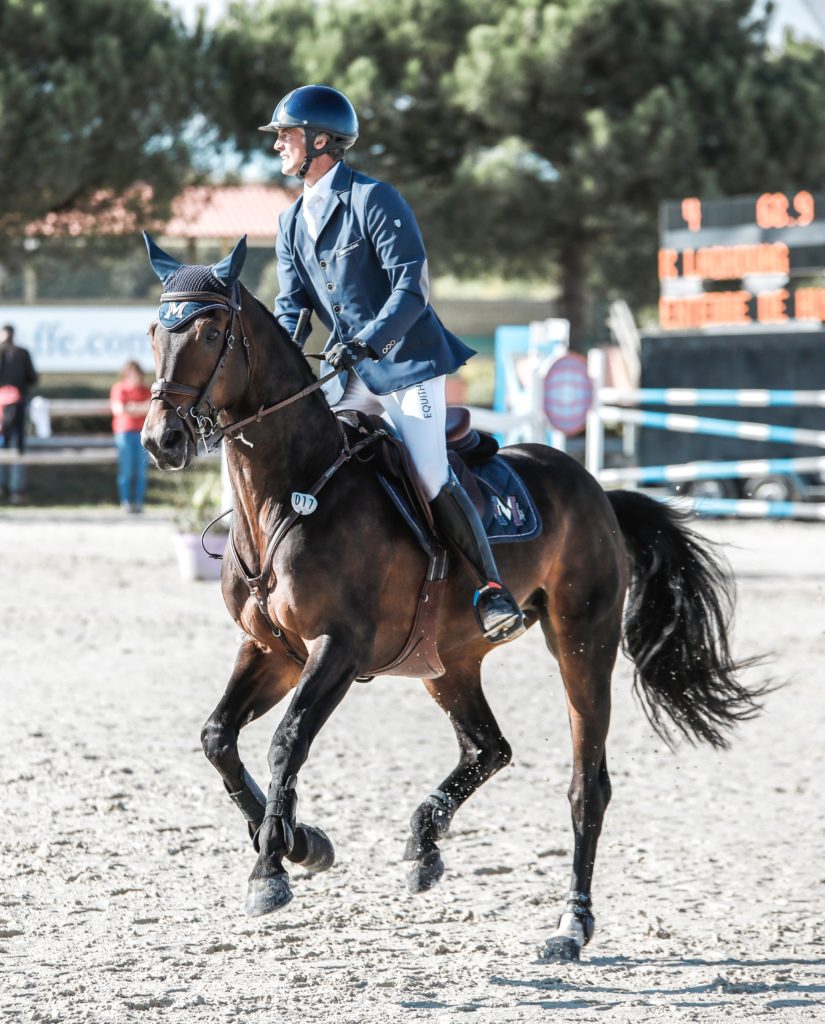
Flexibility & balance
Yoga does not require the practitioner to be flexible from the very first session. On the contrary, yoga is one of the sports that enable you to become flexible. The human body is physiologically flexible. Flexibility is neither a gift nor a gain, but something that can be regained or revealed!
The flexibility offered by the practice of yoga helps to avoid injuries, especially when falling from the horse. What's more, working on your suppleness enables you to lower your legs more easily and bond more closely with your horse.
By working on postures that require balance, yoga enables you to become aware of your bodyits strengths and weaknesses. It's a fantastic way of reconnecting with your senses and putting your finger on blockages you've never been able to detect before.
Detecting detect blockages can be linked to difficulties encountered in the saddle. A horse contracting to the right hand may be the result of a contraction of the rider's right shoulder, making the right hand harder.
The practice of yoga can help to establish a better better relationship with your horse through clearer body language.
Concentration & mental
Yoga helps to reduce stress. During the session, attention is entirely focused on the body and breathing, in the "here and now", which is a form of meditation. A Boston University study published in 2010 showed that yoga was effective in relieving anxiety.
On the mat, you're invited to take the time to listen to your body, with attention constantly drawn back to the breath. This allows you to develop your capacity for concentration. In balancing exercises, for example, all our attention is required to maintain posture.
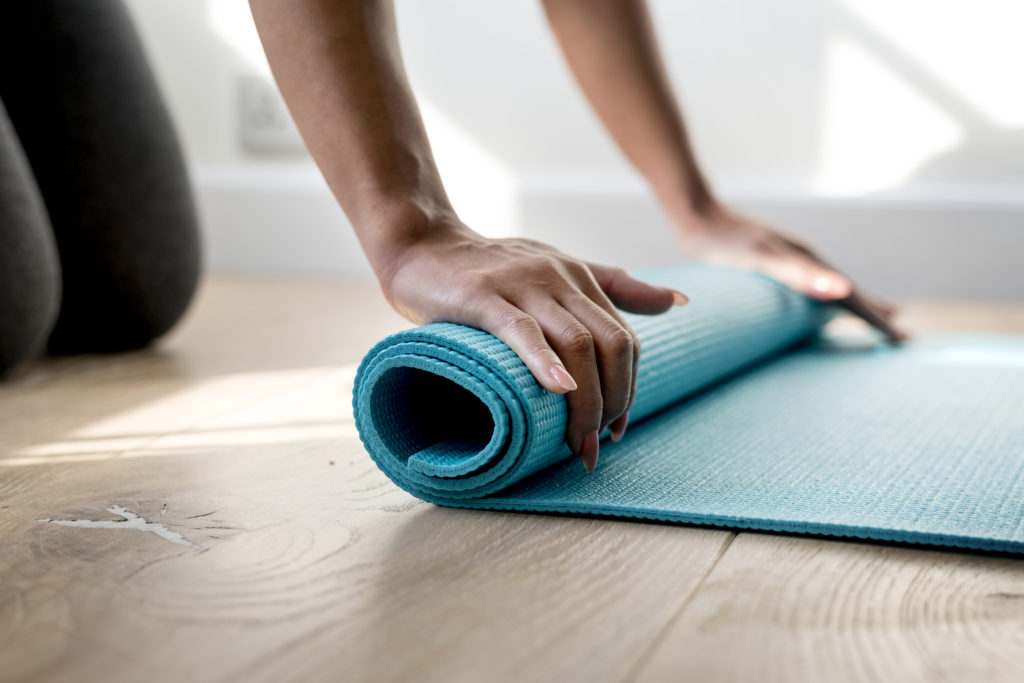
This exercise is excellent for working on your ability to put yourself in your own bubble when you're on horseback and free yourself from the gaze of others. By concentrating on your horse and yourself, you're ready to work in the best possible conditions and be attentive to the messages sent by our horse.
The practice of yoga helps better management of emotions through breathing techniques. In competition, we often see riders taking off in apnea on their turn. Learning to breathe enables you to manage stress and be present in what you're doing. As a result, you can easily improve your performance.
A regular practice coupled with patience are the keys to feeling the benefits and experiencing them on horseback. Be careful not to push yourself too hard, as this would be counter-productive, and the potential benefits of practice would be wiped out.
The cumulative effect of progressive work with alternating periods of regeneration are THE determining factors in improving physiological capacities, physical and technical skills, and thus the rider's performance over time.
Harmony with your horse, improved posture and coordination, controlled breathing and managed stress - what if these weren't the keys to feeling better on horseback? If yoga can get us there, perhaps it's a complementary practice to our riding sessions!
What about you? Apart from saddling up, do you practice any complementary sports that help you once you're on horseback? What do you do to feel good on horseback ?
See you soon for a new article,
The Seaver team 🙂
[1]https://www.facebook.com/iamanequestrian/photos/a.2238165633176703/2270225906637342/?type=3&theater
[2] https://seaverhorse.com/seaver-valide-scientifiquement/
[3] https://seaverhorse.com/notion-bien-etre-cheval/
[4] Source: IFCE
[5] Source: Equipédia
[6] https://seaverhorse.com/preparation-physique-quen-est-il-du-cavalier/
[7] Horse Academy by Michel Robert